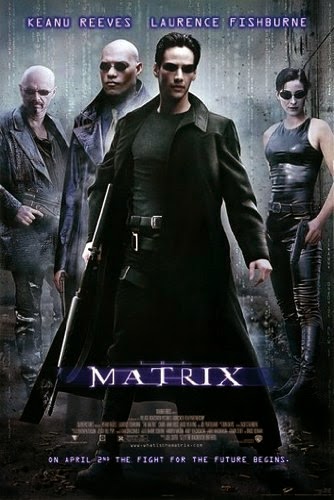Learning objective: To be able to apply the narrative theories of Propp and Todorov to texts
Key words: Narrative, Todorov, Equilibrium, Propp, Characters
Key words: Narrative, Todorov, Equilibrium, Propp, Characters
You will Learn about Todorov’s theory of equilibrium and Propp's character functions and identify how the theory has been used in a short animation.
Narrative
A narrative (or play) is any account of connected events, presented to a reader or listener in a sequence of written or spoken words, or in a sequence of (moving) pictures.
The word derives from the Latin verb narrare, "to tell".
Telling stories is that thing that makes us human. Stories ignite our imagination, and let us leap over cultural walls and cross the barriers of time. They bring us to other worlds and let us explore other lives and yet, at the same time, give us a better understanding of our own time, place and emotions.
Narrative theories suggest that stories (in whatever media) share certain features. They suggest that there are underlying structures to stories.
Narrative Theory 1: Todorov
Todorov saw underlying structures to narratives.
He argued that stories all begin in “equilibrium” when all forces are in balance.
This is disrupted by a problem to cause “disequilibrium”.
Then more events take place before a“new equilibrium” is established.
He argued that stories all begin in “equilibrium” when all forces are in balance.
This is disrupted by a problem to cause “disequilibrium”.
Then more events take place before a“new equilibrium” is established.
2. Disruption of equilibrium
3. Recognition of disruption
4. Attempt to repair disruption
5. New equilibrium. Often with a lesson learned.
Starter task: Apply Todorov's theory to the print based ad below.
Many film makers today don’t bother setting up the normal world in order to disrupt it with a problem (a killer shark, etc.) and go straight for the problem and disequilibrium. However, there will always be a sense in the film of what life was like before the problem came along and therefore what the characters can return to if they can only sort the problem out.
Narrative Theory 2: Propp
- Vladimir Propp: “Characters have a narrative function,they provide a structure for the text”
Propp looked at folk tales and saw some structures they shared in common. He found 8 character roles and 31 functions that move the story along.
The 8 character roles can also be types of action because they are not the sort of roles which appear in the cast list. One character in the film or play can occupy several of his character roles or types of action. They are:
- The villain
- The hero (not always good but always carries the story along, the central character and not always male)
- The donor (who provides an object with some special property)
- The helper (who helps the hero)
- The princess (the reward for the hero and object of the villain’s schemes)
- Her father (who rewards the hero)
- The dispatcher (who sends the hero on his way)
- The false hero
The 31 functions include events such as:
The hero is prohibited from doing something
The villain learns something about the victim
The villain is punished, etc.
For example, in TV news, the audience are exposed to what the broadcaster wants us to believe to be “heroes” and “villains” – Osama Bin Laden (villain) or Princess Diana (hero)
The theories can also be applied to promotional posters, computer games and advertisements.
Task 1:
Clearly write down Propp's 8 Character functions in your orange books.
Clearly write down Propp's 8 Character functions in your orange books.
Clearly write down Todorov's theory on narrative structure in your orange books.
Task 2: Apply Propp's theory to the characters in this Indiana Jones film.
Task 4:
Task 2: Apply Propp's theory to the characters in this Indiana Jones film.
There is a link to IMDB with the storyline on the image below to help you:
Task 3:
Consider the hierarchy that is apparent then apply Propp's character theory to the poster below.
Say why you have made the connections. Consider visual codes.
Consider the hierarchy that is apparent then apply Propp's character theory to the poster below.
Say why you have made the connections. Consider visual codes.
Task 4:
Watch the short animation 'The Wrong Trousers' by Aardman.
Indicate the Proppian characters where you can and apply Todorov's states.
Task 5: Homework
Apply the theories of Propp and Todorov to a feature film of your choice.
Suggestions:
Task 5: Homework
Apply the theories of Propp and Todorov to a feature film of your choice.
Suggestions:
The Matrix
Shrek
Titanic..






No comments:
Post a Comment